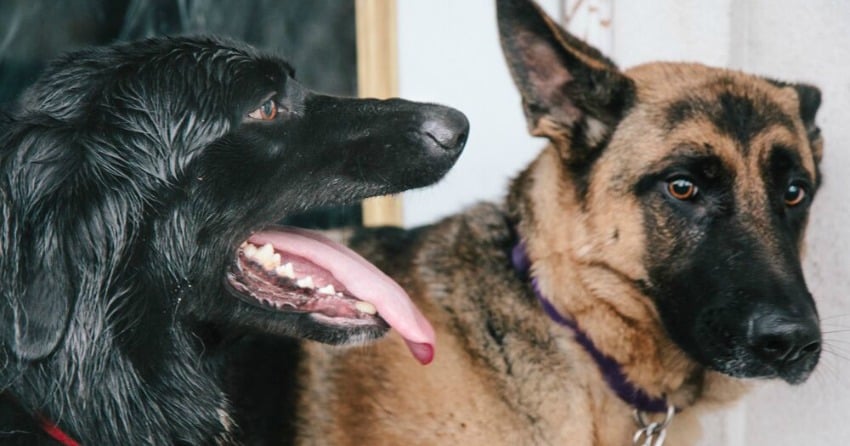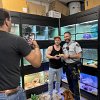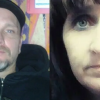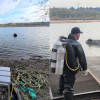Disclaimer: The Okanagan Pet Project articles are provided by Kelsey Henderson and are not the opinions of the media outlet. If you have a dog or other animal that is exhibiting aggressive behaviour, KelownaNow recommends obtaining professional advice to ensure their safety and yours.
The longer you are with your pet, the more you understand their body language, but the one thing I see people continuously struggle with is spotting when a dog is in an uncomfortable or irritating situation, which may lead to an aggressive and reactive dog. As much as we think we know our furry loved ones, we must remember they have a language all their own. Every movement they make means something to their fellow canines. Just as a wagging tail suggests they’re excited and happy, a stiff tail can often mean the opposite.

Right away, I know when Hudson (my flat coated retriever cross) is about to turn on another dog. Whether they were annoying him, or he just feels like he needs to assert his dominance, I can often redirect the energy before a fight occurs. He, like most dogs, displays a shift in body language immediately when he isn’t happy. So, what are the signals I watch for?
An easy one is stiffening in the body. If my dog goes from playing and wagging his tail to standing completely still with his tail lowered, he is giving a warning to those around him. There may be a low growl to really get his point across, and the hackles (fur on his back) may be raised. A dog who is fearful or nervous in a situation will display this body language as well, but be lower to the ground. When another dog (or person) doesn’t receive the message from this displayed body language and vocal warning signs, the dog will likely snap.
The next thing I look for is “whale eye”. What this essentially means is the dog is giving some serious side eye, and you can see the whites around the iris. Unlike cute please-give-me-food-puppy-dog-eyes, this is more in a "step back" kind of way. The dog will appear agitated. You can see this in the photo of my German Shepherd below. She is just playing here, and other body language was telling me she was still happy, but if she was showing Hudson signs of being ticked off and displaying whale eye, that would be my cue to step in.

Dominance behaviour traits can quickly lead to a fight between dogs, but can be spotted as you become familiar with your pet like I am with my dogs. The dog displaying dominance may stand upright and rigid, leaning forward slightly and may have an intense stare. If other dogs are submissive, this doesn’t tend to cause an issue, but if another dog steps up to challenge, again, a fight may occur. Dogs often work this out before you can even think to intervene, but it is a behaviour to be aware of and avoid whenever you can.
Remember, dogs often give warning before resorting to physicality themselves. You can often remove your pet from an escalating situation before damage is done. A quick and happy "ok, let’s go" and clapping of the hands usually does the trick and breaks the tension. Samantha Levin, a local dog trainer, underlines the " happy" part: “Be a firm but happy boss, reward them with affection for the recall and find a new space,” she says, adding, “they should never be punished for recall, no matter what they were doing prior to [being called]. Dogs associate your response with the last action they have completed.”

It is important to know that playing may appear aggressive to us. Dogs often bite, growl, bark, and pin each other all in good fun. A true dog fight tends to be a lot quieter and intensely focused than the loud rough and tumble of dogs playing.
The more time you spend with your dog and learn to understand how it reacts to certain situations, you will hopefully be able to prevent a negative interaction with other dogs, keeping yourself and your best friend safe.

If you’d like to read further about this topic (or similar ones), you can head to our website www.okpetproject.com and be sure to follow us on Facebook and Instagram.
Disclaimer: The Okanagan Pet Project articles are provided by Kelsey Henderson and meant to be a starting point for a discussion regarding pets in the Okanagan.
















